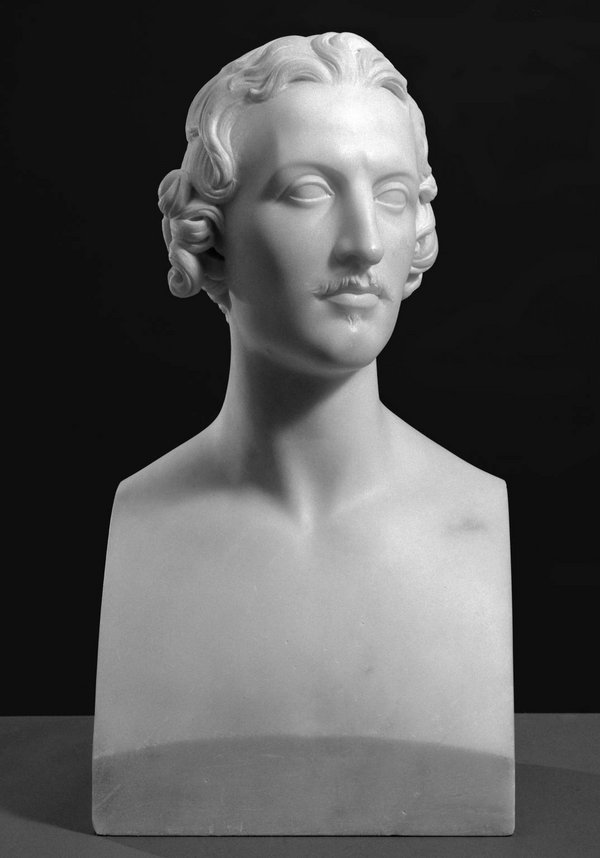

If you want to achieve stunning results, do not always use auto-focus. Try not to Use Auto-Exposing/Auto-Focusing The most important thing is to convey the idea of the shot, using all the elements in the composition. Everything depends on its shape, size, and fine art photography techniques. It doesn’t mean you shouldn’t put any subject in the center. All background details, which are also significant, can be lost, and the image becomes common and boring. When you put a geometrically simple subject in the center of the frame, the viewer might think he had seen everything in this photo and there is no need to explore it further. It is not necessary to center your subjects, this makes your photo look ordinary. To derive an inspiration, you can explore paintings of remarkable artists. Do you intend to create a story or just make your portrait visually appealing? In any case, think about outstanding photography ideas for projects: look out for attention-grabbing details, pleasant textures, interesting shapes, and neutral colors. While looking for interesting objects, it is necessary to think over the idea of the photoshoot. Such inanimate objects as books, musical instruments, accessories, bric-a-brac, and flowers can turn your shots into the piece of art.

This type of shooting allows thinking beyond the labels, develop new extraordinary ideas, and simply work on your observation skills.ĭownload Lightroom Presets 7. You will still take the photo, but it is not necessary to focus on eyes as well as think over the expression and poses. This style is pretty liberating, and I like it so much. You have an opportunity to highlight the parts of the body, movements, and objects. Experiment with Faceless Portraitsįaceless portraits are perfect for making unusual fine art portrait photography, taking self-portraits and experimental photos. They are rather cheap, striking and sometimes freaky. I use unusual things from a thrift store or bright clothes from a second-hand market. They try to concentrate on makeup and costumes. Some photographers prefer to follow the traditional way and dress their models as if they belong to the royal family. When we talk about fine art portrait photography, we should mind unique clothes and makeup. Such spontaneous actions will probably result in unpredictably impressive pictures. In addition to posing, let your models express themselves and do whatever they want. The experiments with different techniques will produce great results. Though, sometimes you need to blur some areas on the image either during your photoshoot or at picture editing stage. They don’t want to miss any detail when it comes to fine art portraits. Usually, photographers try not to use the motion blur for obvious reasons. An outstanding fine art photographer Sue Bryce prefers pale grey, beige or cream colors to contribute to certain features of the model, attire and poses. If you don’t like using black backgrounds, try neutral tones. This produces an illusion of depth focusing the attention on the subject. A lot of artistic portraits have black backdrops.
#SCULPTURE PORTRAITURE SKIN#
This helps emphasize prominent physical characteristics such as hair texture, skin pigmentation, and eye color as well as clothes and accessories. Typically, photographers use very simple backgrounds in order to highlight the subjects. Choose Solid Color Backgrounds to Put Stress on the Subject Everything depends on your mood – the chosen location, the season of the year, and the character of the subject. Sometimes they are too emotional, wistful, darkened and even mystifying. They can be splashy, intensely hued, miraculous, fantastic, graceful and elegant. First of all, images are created in our minds using the imagination. I suggest starting to generate fine art portrait with your vision. I recommend you watching the course Fantastical Compositing: Combining Multiple Images to Create Fantasy Fine Art by Bret Malley to understand what this photography genre is from a true expert in fine art portraits. Sometimes people call it a "décor photography" or "photo décor." This kind of photography differs from photojournalism which is focused only on representing the subject. The important thing is not what the camera sees and captures, but what the photo artist sees and wants to show.Īrtistic portrait photography is mostly designed for wall art. Art photography is an expression of how the photographer sees the surrounding world. The artist doesn’t capture the moment but creates the picture. What is fine art photography? It is not an ordinary photoshoot or photojournalism.

So, I picked up 15 tips to help you create a unique photo. Therefore, to offer clear techniques of working with this type of portrait photography is very difficult. Fine art portrait photography is a creative process and the idea.


 0 kommentar(er)
0 kommentar(er)
